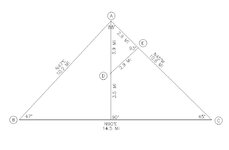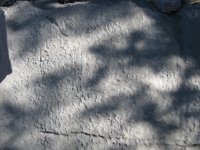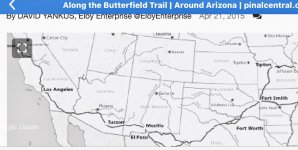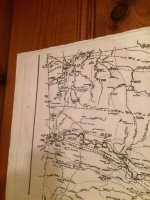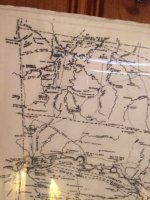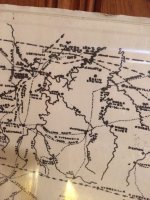- Thread starter
- #61
That "M and eye" is repeated a number of times around the country. So are other symbols, including the Egyptian-looking ones. This site has lots of photos. http://www.mysteryglyphs.com
You might be interested, dog, that an acquaintance of mine in Utah theorizes that many of the mystery glyphs derive directly from the Ojibwa tribe of the upper midwest. And, by inference, the connection is via the KGC. I recall that Terry Carter's YouTube channel has a couple of videos on the subject, but I didn't bookmark them.
You’ve been to the Silver City glyph, did anything catch your attention as to why that place might have been chosen?


